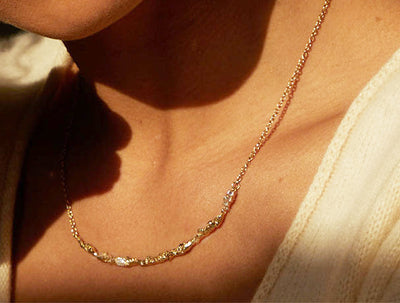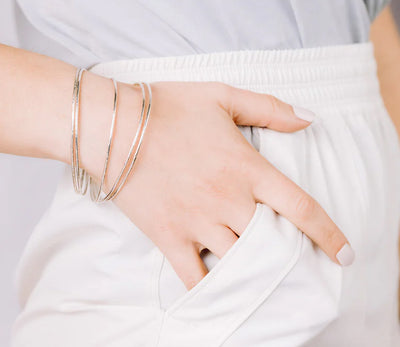
I think back to one of my first trade shows in New York: we had stretched our budget to rent a double booth and lined our space with terracotta panels that we had gilded in gold leaf. Our multicolored Venetian glass and gemstone chandeliers formed a canopy above us, and vetrines displayed our latest jewelry collections underneath my eponymous logo that extended from one side of the booth to the other.
My employees were at lunch and I was wrapping up with a client as a woman walked by, swept her eyes across the booth, stopped in the middle of the aisle and commented, "Beautiful!". I smiled, thanked her and returned to my paperwork. She stood grounded in her spot. "No, I mean really" she underlined for my benefit, "this is absolutely beautiful." I again thanked her. Annoyed, she clarified pointedly, "You don't understand. This work is incredible. You should tell the owner."
The disconnect was complete. Not my name, DORIAN WEBB emblazoned in 2 foot high letters, framed press clippings of me dotting the jewelry shelves, or my large name tag that redundantly stated DORIAN WEBB (tag wearer) and DORIAN WEBB (company) was enough to bridge her gap of disbelief.
I wasn't hurt or offended. Why would she have thought that I, an African American woman, would work with artisans around the globe to craft luxury products? What in her world would have led her to expect that?
Designing with the world's most precious gemstone is an enviable opportunity that few jewelry designers have. A small fraction of that number are women, and an even smaller number, African American women. I like to think that those who are considering becoming jewelry designers will see me, and others like me, and feel that there is a place for their vision and voice too. That they could also create pieces that promote connection and conversation and draw from the wealth of their heritage and culture. And that in doing so, they will be recognized for who they are.
Explore the Collection
Find similar articles
Fashion


